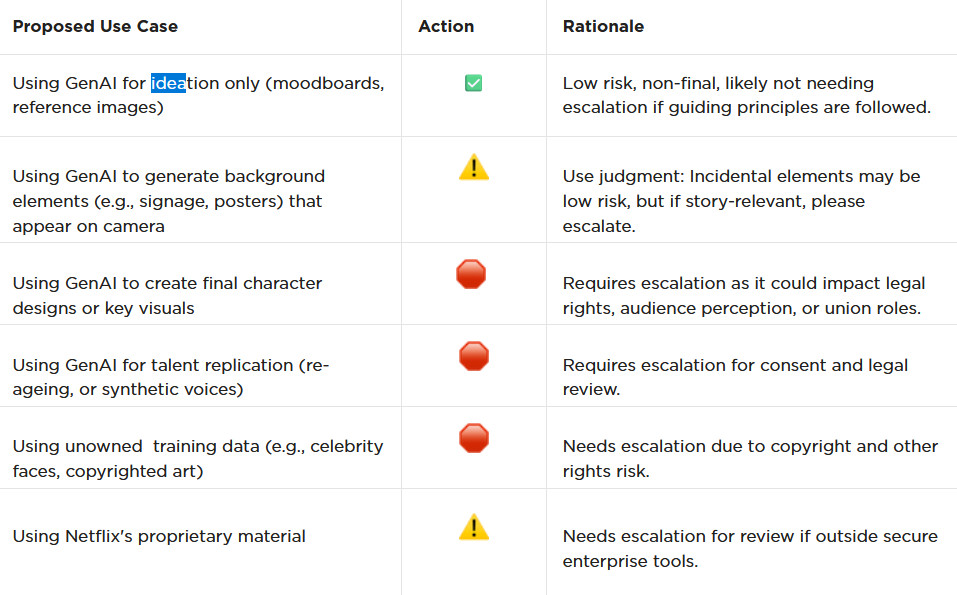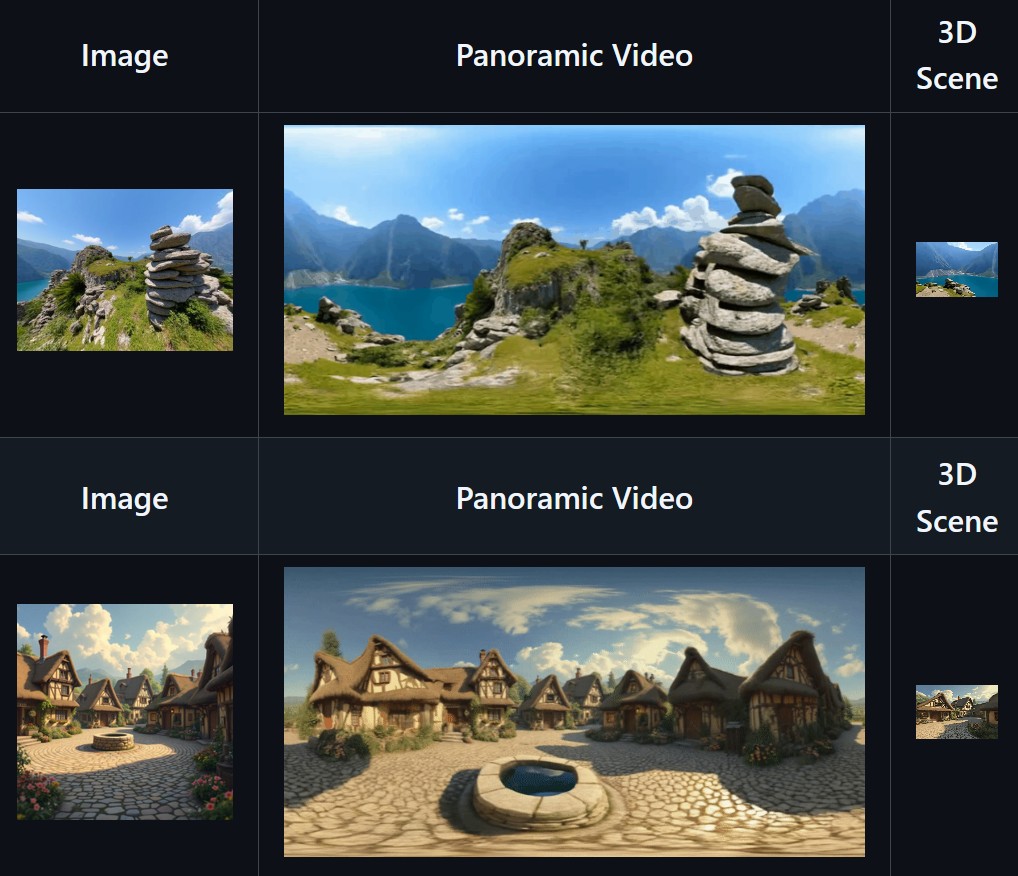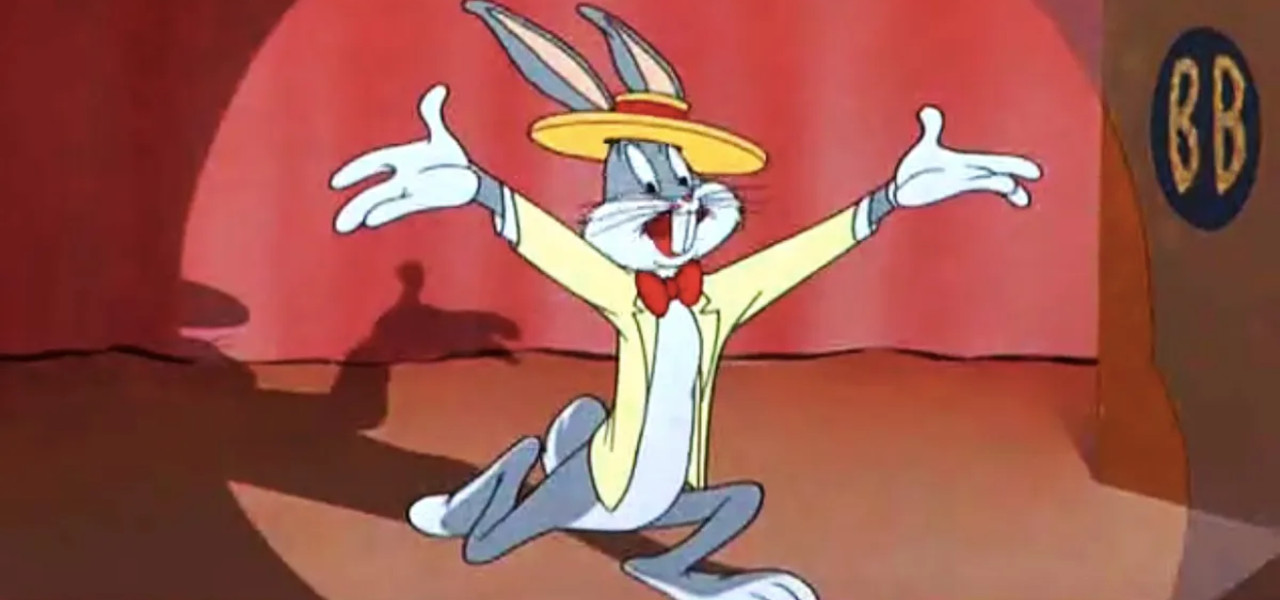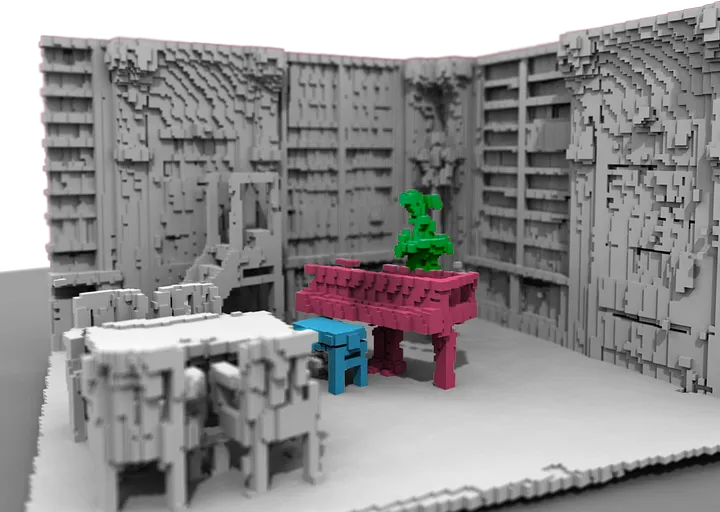BREAKING NEWS
LATEST POSTS
-
Qwen-Image-Edit – Free open-source image editor
https://docs.comfy.org/tutorials/image/qwen/qwen-image-edit
https://huggingface.co/QuantStack/Qwen-Image-Edit-GGUF
Qwen-Image-Edit is the image editing version of Qwen-Image. It is further trained based on the 20B Qwen-Image model, successfully extending Qwen-Image’s unique text rendering capabilities to editing tasks, enabling precise text editing. In addition, Qwen-Image-Edit feeds the input image into both Qwen2.5-VL (for visual semantic control) and the VAE Encoder (for visual appearance control), thus achieving dual semantic and appearance editing capabilities.
-
AI 2025 – The house of cards

The gap is covered by venture capitals.
Three possible futures:
Price hikes – users pay $1,000+/year (will they?)
Cost collapse – cheaper GPUs, efficient models, decentralized compute.
Implosion – AI apps and LLMs vanish in a mass shakeout. -
PixiEditor is FRICKIN’ AWESOME
https://github.com/PixiEditor/PixiEditor
PixiEditor is a universal 2D editor that was made to provide you with tools and features for all your 2D needs. Create beautiful sprites for your games, animations, edit images, create logos. All packed up in an intuitive and familiar interface.
-
Andrii Shramko – How to process 20,000 photos for a 3DGS model on a single RTX 4090 using GreenValley International Lidar360MLS
The goal was ambitious: to generate a hyper-detailed 3DGS scan from a massive dataset—20,000 drone photos at full resolution (5280x3956px). All of this on a single machine with just one RTX 4090 GPU.
What was the problem?
Most existing tools simply can’t handle this volume of data. For instance, Postshot, which is excellent for many tasks, confidently processed up to 7,000 photos but choked on 20,000—it ran for two days without even starting the model training.
The Breakthrough Solution.
The real discovery was the software from GreenValley Internationalhttps://www.greenvalleyintl.com/LiDAR360MLS
Their approach is brilliant: instead of trying to swallow the entire dataset at once, the program intelligently divides it into smaller, manageable chunks, trains each one individually, and then seamlessly merges them into one giant, detailed scene. After 40 hours of rendering, we got this stunning 103 million splats PLY result:
(more…) -
AI and the Law – Netflix : Using Generative AI in Content Production
https://www.cartoonbrew.com/business/netflix-generative-ai-use-guidelines-253300.html
- Temporary Use: AI-generated material can be used for ideation, visualization, and exploration—but is currently considered temporary and not part of final deliverables.
- Ownership & Rights: All outputs must be carefully reviewed to ensure rights, copyright, and usage are properly cleared before integrating into production.
- Transparency: Productions are expected to document and disclose how generative AI is used.
- Human Oversight: AI tools are meant to support creative teams, not replace them—final decision-making rests with human creators.
- Security & Compliance: Any use of AI tools must align with Netflix’s security protocols and protect confidential production material.


-
SkyworkAI Matrix-3D – Omnidirectional Explorable 3D World Generation
https://github.com/SkyworkAI/Matrix-3D
Matrix-3D utilizes panoramic representation for wide-coverage omnidirectional explorable 3D world generation that combines conditional video generation and panoramic 3D reconstruction.
- Large-Scale Scene Generation : Compared to existing scene generation approaches, Matrix-3D supports the generation of broader, more expansive scenes that allow for complete 360-degree free exploration.
- High Controllability : Matrix-3D supports both text and image inputs, with customizable trajectories and infinite extensibility.
- Strong Generalization Capability : Built upon self-developed 3D data and video model priors, Matrix-3D enables the generation of diverse and high-quality 3D scenes.
- Speed-Quality Balance: Two types of panoramic 3D reconstruction methods are proposed to achieve rapid and detailed 3D reconstruction respectively.

-
Zibra.AI – Real-Time Volumetric Effects in Virtual Production. Now free for Indies!

A New Era for Volumetrics
For a long time, volumetric visual effects were viable only in high-end offline VFX workflows. Large data footprints and poor real-time rendering performance limited their use: most teams simply avoided volumetrics altogether. It’s similar to the early days of online video: limited computational power and low network bandwidth made video content hard to share or stream. Today, of course, we can’t imagine the internet without it, and we believe volumetrics are on a similar path.
With advanced data compression and real-time, GPU-driven decompression, anyone can now bring CGI-class visual effects into Unreal Engine.
From now on, it’s completely free for individual creators!
What it means for you?
(more…)
FEATURED POSTS
-
Google – Artificial Intelligence free courses
1. Introduction to Large Language Models: Learn about the use cases and how to enhance the performance of large language models.
https://www.cloudskillsboost.google/course_templates/5392. Introduction to Generative AI: Discover the differences between Generative AI and traditional machine learning methods.
https://www.cloudskillsboost.google/course_templates/5363. Generative AI Fundamentals: Earn a skill badge by demonstrating your understanding of foundational concepts in Generative AI.
https://www.cloudskillsboost.google/paths4. Introduction to Responsible AI: Learn about the importance of Responsible AI and how Google implements it in its products.
https://www.cloudskillsboost.google/course_templates/5545. Encoder-Decoder Architecture: Learn about the encoder-decoder architecture, a critical component of machine learning for sequence-to-sequence tasks.
https://www.cloudskillsboost.google/course_templates/5436. Introduction to Image Generation: Discover diffusion models, a promising family of machine learning models in the image generation space.
https://www.cloudskillsboost.google/course_templates/5417. Transformer Models and BERT Model: Get a comprehensive introduction to the Transformer architecture and the Bidirectional Encoder Representations from the Transformers (BERT) model.
https://www.cloudskillsboost.google/course_templates/5388. Attention Mechanism: Learn about the attention mechanism, which allows neural networks to focus on specific parts of an input sequence.
https://www.cloudskillsboost.google/course_templates/537
-
Scene Referred vs Display Referred color workflows
Display Referred it is tied to the target hardware, as such it bakes color requirements into every type of media output request.
Scene Referred uses a common unified wide gamut and targeting audience through CDL and DI libraries instead.
So that color information stays untouched and only “transformed” as/when needed.Sources:
– Victor Perez – Color Management Fundamentals & ACES Workflows in Nuke
– https://z-fx.nl/ColorspACES.pdf
– Wicus
-
Methods for creating motion blur in Stop motion
en.wikipedia.org/wiki/Go_motion
Petroleum jelly
This crude but reasonably effective technique involves smearing petroleum jelly (“Vaseline”) on a plate of glass in front of the camera lens, also known as vaselensing, then cleaning and reapplying it after each shot — a time-consuming process, but one which creates a blur around the model. This technique was used for the endoskeleton in The Terminator. This process was also employed by Jim Danforth to blur the pterodactyl’s wings in Hammer Films’ When Dinosaurs Ruled the Earth, and by Randal William Cook on the terror dogs sequence in Ghostbusters.[citation needed]Bumping the puppet
Gently bumping or flicking the puppet before taking the frame will produce a slight blur; however, care must be taken when doing this that the puppet does not move too much or that one does not bump or move props or set pieces.Moving the table
Moving the table on which the model is standing while the film is being exposed creates a slight, realistic blur. This technique was developed by Ladislas Starevich: when the characters ran, he moved the set in the opposite direction. This is seen in The Little Parade when the ballerina is chased by the devil. Starevich also used this technique on his films The Eyes of the Dragon, The Magical Clock and The Mascot. Aardman Animations used this for the train chase in The Wrong Trousers and again during the lorry chase in A Close Shave. In both cases the cameras were moved physically during a 1-2 second exposure. The technique was revived for the full-length Wallace & Gromit: The Curse of the Were-Rabbit.Go motion
The most sophisticated technique was originally developed for the film The Empire Strikes Back and used for some shots of the tauntauns and was later used on films like Dragonslayer and is quite different from traditional stop motion. The model is essentially a rod puppet. The rods are attached to motors which are linked to a computer that can record the movements as the model is traditionally animated. When enough movements have been made, the model is reset to its original position, the camera rolls and the model is moved across the table. Because the model is moving during shots, motion blur is created.A variation of go motion was used in E.T. the Extra-Terrestrial to partially animate the children on their bicycles.






















